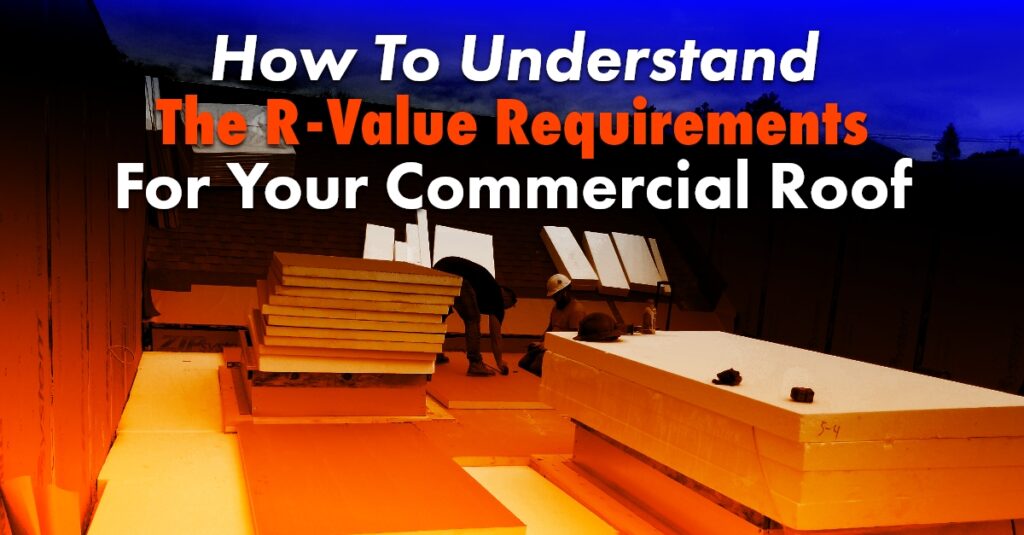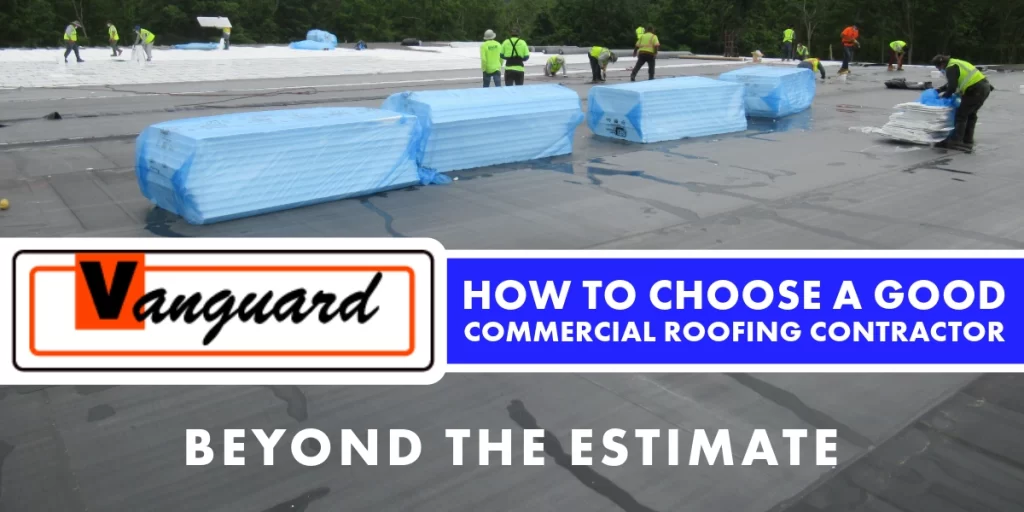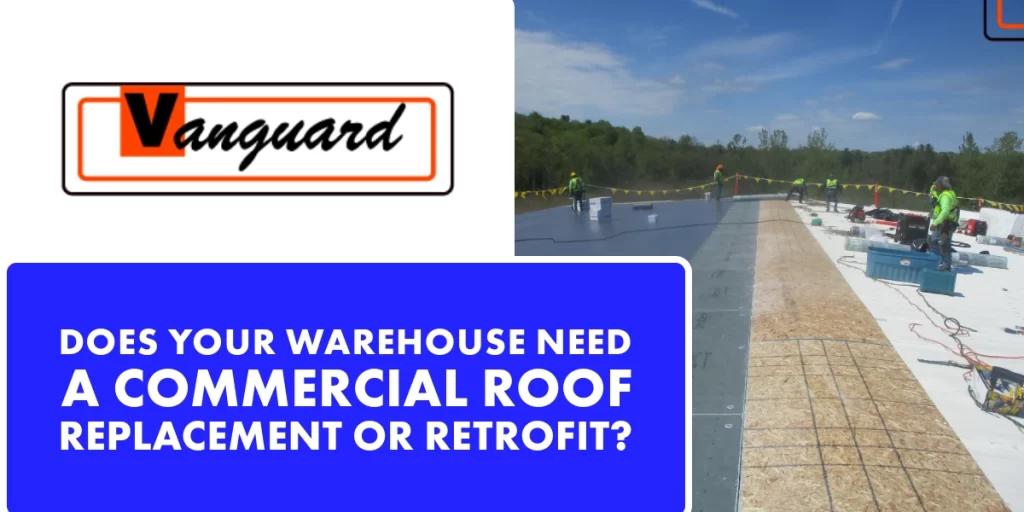Are you considering replacing your commercial roof? While researching the various options available, the term R-Value has probably come up several times. How do local officials use this rating to establish building code regulations in your part of the country? Many business owners are left scratching their heads trying to understand these regulations.
The R-Value is the measurement of how much heat can be transferred or passed through insulation and other building materials combined. It is used to establish the minimum efficiency requirement for your climate. Here is the low-down on R-Values for commercial roofing, along with the various types of roofing materials available. Remember, these numbers only measure the R-Values of these particular materials per inch. They do not account for the other building materials that are layered under or above them. Always be sure to discuss your specific building requirements with a trusted, professional roofing contractor to ensure your building meets the required R-Value for your local area!
R-Values for Common Commercial Roofing
Metal- 0 per inch
Certain metal roofs can last up to an amazing 100 years. Overlapping panels or shingles are the two styles offered by manufacturers. Modern metal roofing comes in a variety of colors and is much improved over metal roofs of years ago, but their insulative value is 0.
TP0- .24 per inch
This single-ply roofing is becoming popular in the industry. The life span can be 30 years if installed and maintained properly. Bright white is the most popular color because of its reflective properties. The insulation factor is not included with single-ply roofing, so customers choose a rating that is necessary for the location and building.
BUR Smooth- .24 per inch
Built-Up Roofing systems are used widely on low slope or flat roofs. There is a sealed surface that prevents water from entering various places on the surface. A reflective coating is applied to limit heat energy from the sun.
EPDM- .33 per inch
Superior durability and flexibility are offered with a smooth surface and smart appearance. Many tests under actual conditions have shown EPDM roofing to have the longest service life in the industry. There are many options available.
BUR Gravel- .34 per inch
The advantages of this option are outstanding weather-proofing and fire protection. Underlayment is not always necessary because of the layered method of installation. Alternating layers of fabric and asphalt are applied with a top layer of gravel.
Polyiso- 5.5 per inch
Polyiso is a rigid foam board insulation. It is often used in commercial applications in layers comprised of various thicknesses in order to reach the desired R-value.
Spray Polyurethane- 6.5 per inch
As the name implies, a spray method is used over the roof, which expands after application. This is a great advantage if you have an odd-shaped roof with many nooks and corners. This is a high R-Value that does not decrease over time.
The R-Value code must be followed if you intend to completely remove the old roof down to the deck and replace it. If you can install a new roof over the existing one, you don’t have to worry about the R-Value regulations. You must consider how many times the roof has already been replaced and if you have a problem with leaks on the current roof. The section of the country you are located in also plays a part in deciding whether to completely remove the old roof. A professional roofing contractor can examine your roof to help you with this decision. The roofer will inform you about the R-Value requirements in your zone. Your current roof will need to be inspected for saturation. The general rule of thumb is to completely replace the roof if the saturation level is more than 25 percent. The new roof will need to meet the current R-Value in this scenario.
Why is the R-Value is Important?
As a business owner, energy costs are very important. Your roof is an important area to examine when considering lowering these expenses. R-Value is the ability of the roof’s surface to limit heat flow. The higher the R-Value, the better the insulating property of the roofing material. This is necessary for the cold winter months to prevent heat loss and when air conditioners produce cool air in the warmer summer months. Energy costs can be lower all year.
Depending on your type of building, a 5% to 20% lowering of heating and cooling costs may result. You can see the impact this can have on your bottom line. The R-Value regulations are in place to provide the best possible degree of insulation for roofing in your climate.
The most critical choice you can make when considering a new commercial roof is to make sure the company is professional and experienced in commercial roofing. A roofing contractor that has worked extensively in your area will know what works and what doesn’t work for your specific climate and conditions. Please consider contacting Vanguard Roofing for a free consultation. We have been proudly serving clients in the Northeast part of the country, including New York, New Jersey, Connecticut, Massachusetts, Maine, Vermont, and New Hampshire, for over 50years. We will be happy to answer any questions you have regarding commercial roofing. Let’s get started on your new roof today!



